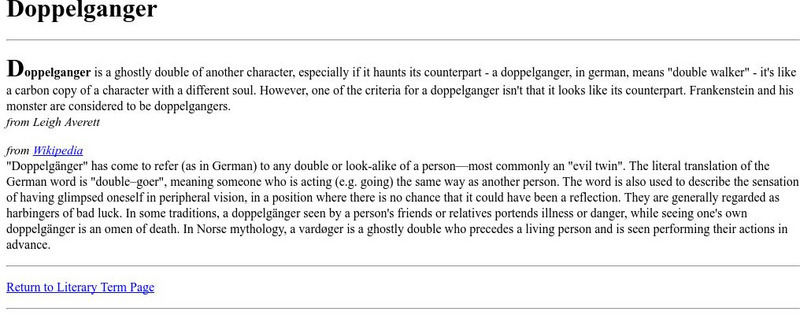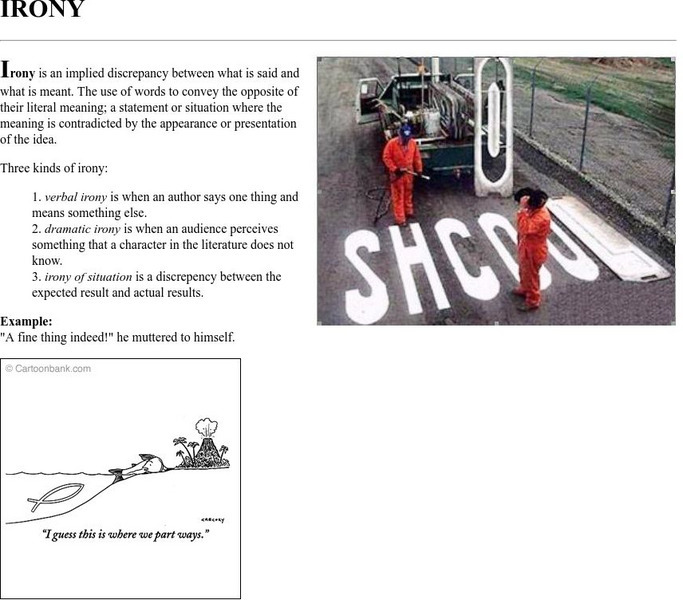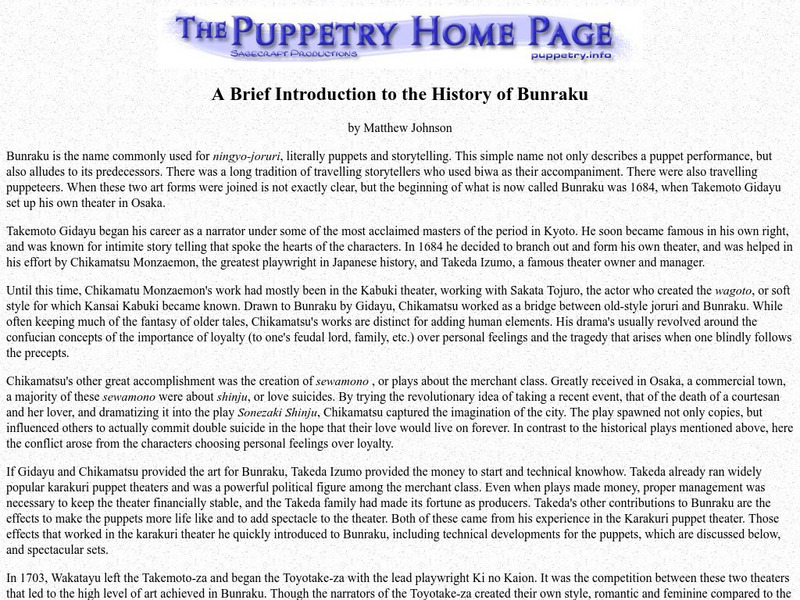Better Lesson
Better Lesson: L.3.5a: Distinguish Literal and Nonliteral Meanings of Words
Links to 18 lessons and activities that build student skills in standard L.3.5a: Distinguish the literal and nonliteral meanings of words and phrases in context (e.g., take steps).
PBS
Pbs: Academic Vocabulary in the Common Core: Middle School English Language Arts
This video [14:33] shows a demonstration of academic vocabulary instruction through the context of a complex work, a poem. The teacher demonstrates how to access the literal meaning of new vocabulary and then infer the deeper meaning....
Texas Education Agency
Texas Gateway: How to Read and Analyze a Poem (English Iii Reading)
This lesson focuses on strategies for reading and analyzing a poetry. Reading poetry creates some interesting challenges because a poem uses lines and stanzas rather than paragraphs in order to create emotions and experiences. Figurative...
Houghton Mifflin Harcourt
Holt, Rinehart and Winston: Elements of Literature: Allegory Chart [Pdf]
A graphic organizer to understanding allegories in a given piece of literature. Fill in the sections on literal meaning, symbolic meaning, and the lesson presented.
Teachnology
Teachnology: Lesson Plan: Understanding Idioms
This lesson focuses on idioms including illustrating the literal meanings and explaining the figurative meanings.
Other
Class Tools: Choose Game Formats: Figurative Language
Pick a game format that you would like to play: "Matching Pairs", "Wordshoot", "Flashcards", "Manic Miner", or "CannonBall Fun". For each game, choose the literal meaning for the figurative language presented. Also available in formats...
E Reading Worksheets
E Reading Worksheets: Idiom Worksheets
This site provides seven worksheets to help students understand idioms and their figurative meanings better. In each exercise, students will explain the meaning of idioms that are embedded into sentences.
E Reading Worksheets
E Reading Worksheets: Simile Worksheets
This site contains figurative language worksheets that assess students' understanding of similes in the context of sentence. After seeing an example, students will fill in the words that are compared in each simile. In addition, students...
Texas Education Agency
Texas Gateway: Denotation and Connotation (English I Reading)
Distinguish between the denotative (dictionary) meaning of a word and its connotative (emotions or associations that are implied rather than literal) meaning. L.9-10.5b nuances
ibiblio
Ibiblio: How Many? A Dictionary of Units of Measurement
The Center for Mathematics and Science Education at the University of North Carolina at Chapel Hill provides an interesting and easy-to-use dictionary of the history and meaning of many measurement terms. Metric, International, and...
Texas Education Agency
Texas Gateway: Denotation and Connotation (English Ii Reading)
You will be able to distinguish between the denotative (dictionary) meaning of a word and its connotative (emotions or associations that are implied rather than literal) meaning. L.9-10.5b nuances
Wolfram Research
Wolfram Math World: Cissoid
This site explains what a cissoid is in mathematics and its literal meaning in the english language. The site then names seven different Cissoids and the two curves and pole which create each of these named Cissoids.
Ted Nellen
Cyber English (By Ted Nellen): Doppelganger
This is a glossary entry for the term "Doppelganger" which literally means "double-goer." It includes defintions and examples.
Khan Academy
Khan Academy: Portrait of King Mishe Mishyaang Mambul (Kuba Peoples)
The ndop statues might be the most revered of all Kuba art forms. The ndop (literally meaning "statue") are a genre of figurative wood sculpture that portrays important Kuba leaders throughout the eighteenth to twentieth centuries. View...
Beacon Learning Center
Beacon Learning Center: Did I Read?
Explicit and implicit information are reviewed in this lesson. Students will choose a part of the body and then read a short passage that explains what it does. Students will answer three questions over the passage and then determine...
Ted Nellen
Cyber English (By Ted Nellen): Allegory
This is a glossary entry for the term "Allegory" including multiple definitions for the term, links to other figures of speech, links to more information, and examples.
E Reading Worksheets
E Reading Worksheets: Figurative Language Worksheets
This learning module provides remediation and extra practice with identifying different types of figurative language. Reinforcement is provided through the worksheets, quizzes, video game links, and online sites for the following types...
E Reading Worksheets
E Reading Worksheets: Personification Worksheets
This learning module provides remediation and extra practice with identifying and explaining personification in sentences. Reinforcement for personification is provided through the nine different worksheets.
E Reading Worksheets
E Reading Worksheets: Figurative Language Examples
Along with definitions for four types of figurative language, this learning module provides numerous examples. Similes, metaphors, personification, and hyperbole are the types of figurative language featured.
Polk Brothers Foundation Center for Urban Education at DePaul University
Depaul University: Center for Urban Education: I Can Explain an Inference [Pdf]
This tool can be used to help students articulate their answers about fiction pieces. Students will quote the text, provide an inference, and give a justification.
Ted Nellen
Cyber English (By Ted Nellen): Irony
This is a glossary entry for the term "Irony" including the definition, the three types, and visual examples.
Ted Nellen
Cyber English (By Ted Nellen): Deus Ex Machina
This is a glossary entry for the term Deus ex Machina which literally means "god out of a machine." It is a negative reference to an author who uses a supernatural being like an angel to resolve a plot.
Other
The Puppetry Home Page: Intro. To the History of Bunraku
The Puppetry Home Page tracks the history of Bunraku. Bunraku literally means puppets and storytelling. Learn about its predecessors and current day Bunraku.
Annenberg Foundation
Annenberg Learner: Journey North: Reading Strategies: Make Inferences and Draw Conclusions
Learn how to go beyond the literal meaning of a text by using a list of guiding questions to make inferences and draw conclusions.



![Holt, Rinehart and Winston: Elements of Literature: Allegory Chart [Pdf] Graphic Holt, Rinehart and Winston: Elements of Literature: Allegory Chart [Pdf] Graphic](http://lessonplanet.com/content/resources/thumbnails/410051/large/bwluav9tywdpy2symdiwmduymc03nju5ltfzewxrzziuanbn.jpg?1589985124)












